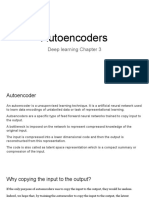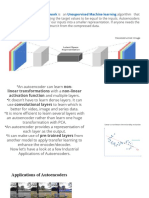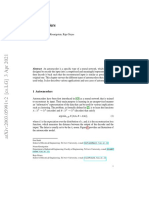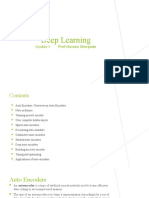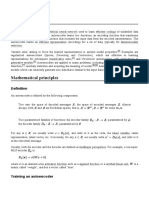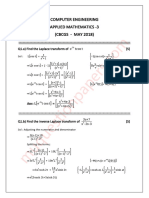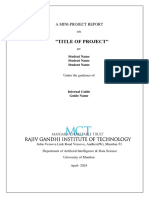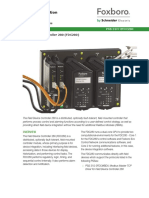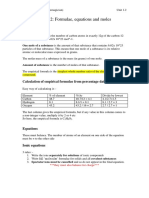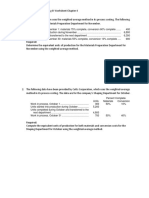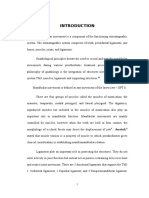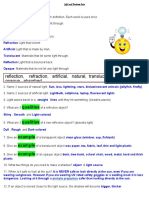0% found this document useful (0 votes)
7 views103 pagesAutoencoders
The document provides an overview of autoencoders, a type of deep learning architecture used for unsupervised learning and dimensionality reduction. It explains the architecture of autoencoders, including the encoder, bottleneck, and decoder, and discusses various types such as linear, undercomplete, and denoising autoencoders. Additionally, it highlights applications of autoencoders in areas like image compression, feature extraction, and anomaly detection.
Uploaded by
Madhura KanseCopyright
© © All Rights Reserved
We take content rights seriously. If you suspect this is your content, claim it here.
Available Formats
Download as PDF, TXT or read online on Scribd
0% found this document useful (0 votes)
7 views103 pagesAutoencoders
The document provides an overview of autoencoders, a type of deep learning architecture used for unsupervised learning and dimensionality reduction. It explains the architecture of autoencoders, including the encoder, bottleneck, and decoder, and discusses various types such as linear, undercomplete, and denoising autoencoders. Additionally, it highlights applications of autoencoders in areas like image compression, feature extraction, and anomaly detection.
Uploaded by
Madhura KanseCopyright
© © All Rights Reserved
We take content rights seriously. If you suspect this is your content, claim it here.
Available Formats
Download as PDF, TXT or read online on Scribd
/ 103







